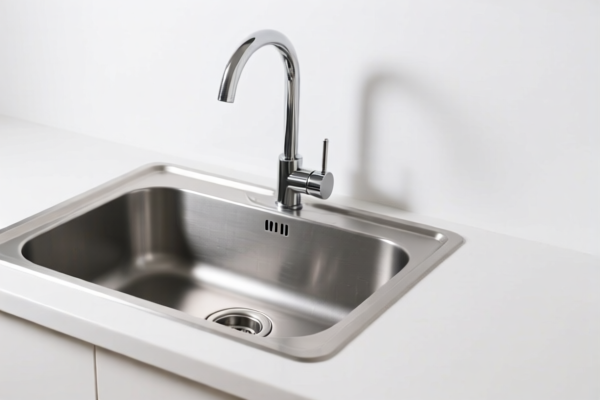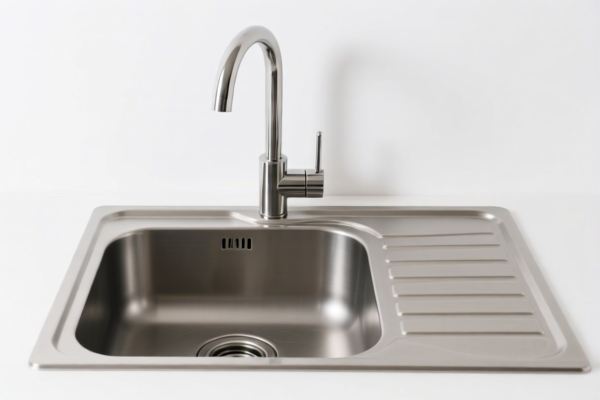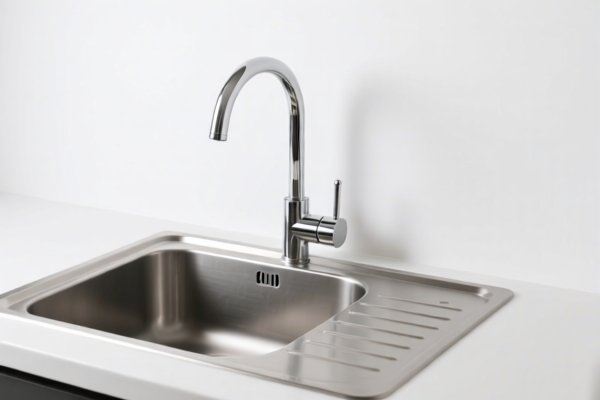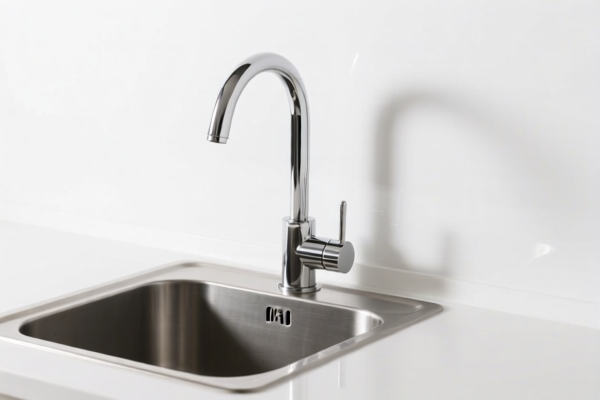| HS Code | Official Doc | Tariff Rate | Origin | Destination | Effective Date |
|---|---|---|---|---|---|
| 8543908885 | Doc | 80.0% | CN | US | 2025-05-12 |
| 8548000000 | Doc | 55.0% | CN | US | 2025-05-12 |
| 7616995160 | Doc | 57.5% | CN | US | 2025-05-12 |
| 7616995170 | Doc | 57.5% | CN | US | 2025-05-12 |
| 7604101000 | Doc | 35.0% | CN | US | 2025-05-12 |
| 7604291010 | Doc | 35.0% | CN | US | 2025-05-12 |
| 8419903000 | Doc | 55.0% | CN | US | 2025-05-12 |
| 8419909580 | Doc | 59.0% | CN | US | 2025-05-12 |
| 8487900080 | Doc | 83.9% | CN | US | 2025-05-12 |
| 8487900040 | Doc | 58.9% | CN | US | 2025-05-12 |




Heat Sink
A heat sink is a passive heat exchanger that transfers the heat generated by an electronic or mechanical device to a fluid medium, effectively dissipating heat from the system. This allows devices to operate at lower temperatures, improving stability and lifespan.
Material
Heat sinks are commonly constructed from materials with high thermal conductivity. Common materials include:
- Aluminum: Lightweight, cost-effective, and readily available. Often used in lower-power applications. Alloys like 6063 and 1100 are frequently employed.
- Copper: Offers superior thermal conductivity compared to aluminum, but is heavier and more expensive. Used in high-performance applications where efficient heat transfer is critical.
- Hybrid Materials: Combining aluminum and copper (e.g., copper base with aluminum fins) to leverage the benefits of both materials – cost-effectiveness and high performance.
- Ceramics: Used in specialized applications requiring electrical insulation, though generally have lower thermal conductivity than metals.
- Graphite: Used in very high-performance applications due to its exceptional thermal conductivity and lightweight properties, but is expensive.
Purpose
The primary purpose of a heat sink is to maintain a device's operating temperature within safe limits. Excessive heat can lead to:
- Reduced performance (thermal throttling).
- System instability and crashes.
- Permanent damage to the device.
- Reduced lifespan.
Function
Heat sinks function through several heat transfer mechanisms:
- Conduction: Heat is transferred from the heat source (e.g., CPU) to the heat sink material.
- Convection: Heat is transferred from the heat sink surface to the surrounding fluid (usually air, but sometimes liquid). Fins increase the surface area available for convection.
- Radiation: Heat is radiated from the heat sink surface to the environment, though this is typically a less significant factor than conduction and convection.
Usage Scenarios
Heat sinks are employed in a wide range of applications, including:
- Computer CPUs and GPUs: Essential for dissipating heat generated by processors and graphics cards.
- Power Electronics: Used in power supplies, amplifiers, and other devices that generate significant heat.
- LED Lighting: Dissipate heat from LEDs to maintain brightness and lifespan.
- Automotive Electronics: Cooling components in engine control units, power inverters, and other automotive systems.
- Industrial Equipment: Used in various industrial applications to cool motors, generators, and other equipment.
Common Types
- Passive Heat Sinks: Rely on natural convection and radiation for heat dissipation. Typically feature fins to increase surface area.
- Active Heat Sinks: Utilize fans to force air across the fins, enhancing convection and improving cooling performance.
- Liquid Heat Sinks: Employ a liquid coolant (usually water or a specialized fluid) to transfer heat away from the device. Often used in high-performance applications.
- Chip-Mounted Heat Sinks: Small heat sinks directly attached to integrated circuits.
- Skived Fin Heat Sinks: Manufactured by skiving (machining) fins from a single block of metal, offering high density and performance.
- Folded Fin Heat Sinks: Fins are folded from a single metal sheet, creating a compact and efficient design.
- Vapor Chamber Heat Sinks: Utilize a sealed chamber containing a working fluid that evaporates and condenses to transfer heat efficiently.
Based on the provided information, the following HS codes may be relevant to “heat sink”:
-
8419903000: Machinery, plant or laboratory equipment, whether or not electrically heated (excluding furnaces, ovens and other equipment of heading 8514), for the treatment of materials by a process involving a change of temperature such as heating, cooking, roasting, distilling, rectifying, sterilizing, pasteurizing, steaming, drying, evaporating, vaporizing, condensing or cooling, other than machinery or plant of a kind used for domestic purposes; instantaneous or storage water heaters, nonelectric; parts thereof: Parts: Of heat exchange units.
- 84: Machinery and mechanical appliances; parts thereof.
- 19: Machinery, plant or laboratory equipment for the treatment of materials.
- 90: Parts of machinery for the treatment of materials, specifically those of heat exchange units. This code applies to components used in processes involving temperature changes.
-
8419909580: Machinery, plant or laboratory equipment, whether or not electrically heated (excluding furnaces, ovens and other equipment of heading 8514), for the treatment of materials by a process involving a change of temperature such as heating, cooking, roasting, distilling, rectifying, sterilizing, pasteurizing, steaming, drying, evaporating, vaporizing, condensing or cooling, other than machinery or plant of a kind used for domestic purposes; instantaneous or storage water heaters, nonelectric; parts thereof: Parts: Other: Other Other.
- 84: Machinery and mechanical appliances; parts thereof.
- 19: Machinery, plant or laboratory equipment for the treatment of materials.
- 90: Other parts of machinery for the treatment of materials, not specifically categorized elsewhere. This code is for parts that don't fall into more defined categories within heading 8419.
-
8487900080: Machinery parts, not containing electrical connectors, insulators, coils, contacts or other electrical features, and not specified or included elsewhere in this chapter: Other Other.
- 84: Machinery and mechanical appliances; parts thereof.
- 87: Parts of machinery, not containing electrical components.
- 90: Other parts of machinery, not specifically categorized elsewhere. This code applies to non-electrical machinery parts.
Regarding HS code 8419903000 and 8419909580, please note that these codes relate to machinery for the treatment of materials involving temperature changes. If the heat sink is a component of such machinery, these codes may be applicable.
Regarding HS code 8487900080, please note that this code applies to machinery parts that do not contain electrical components. If the heat sink does not contain electrical connectors, insulators, coils, or contacts, this code may be applicable. Additionally, please note that for HS code 8487900080, there is a mention of a 25%加征关税 on steel and aluminum products.
Customer Reviews
No reviews yet.